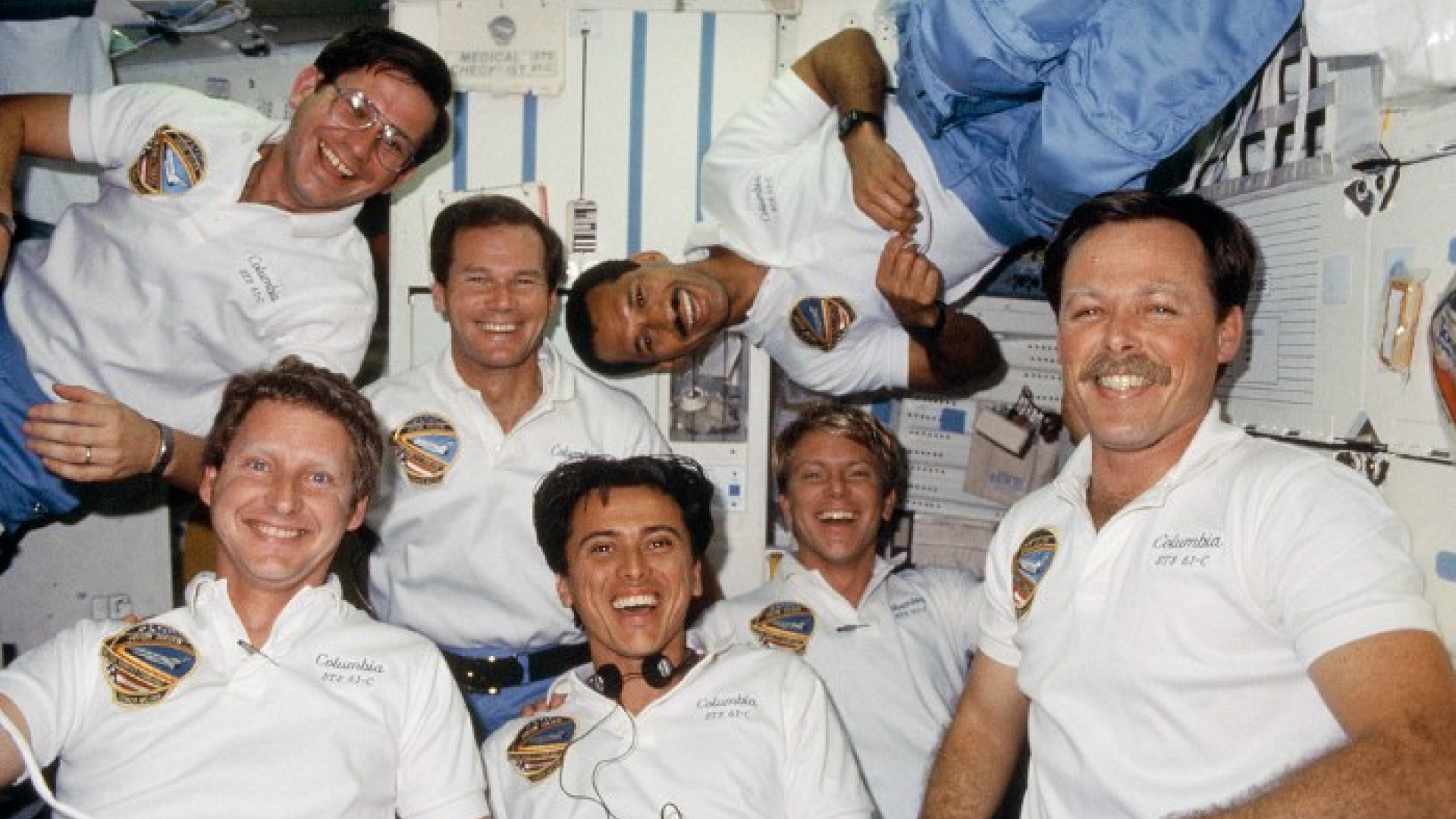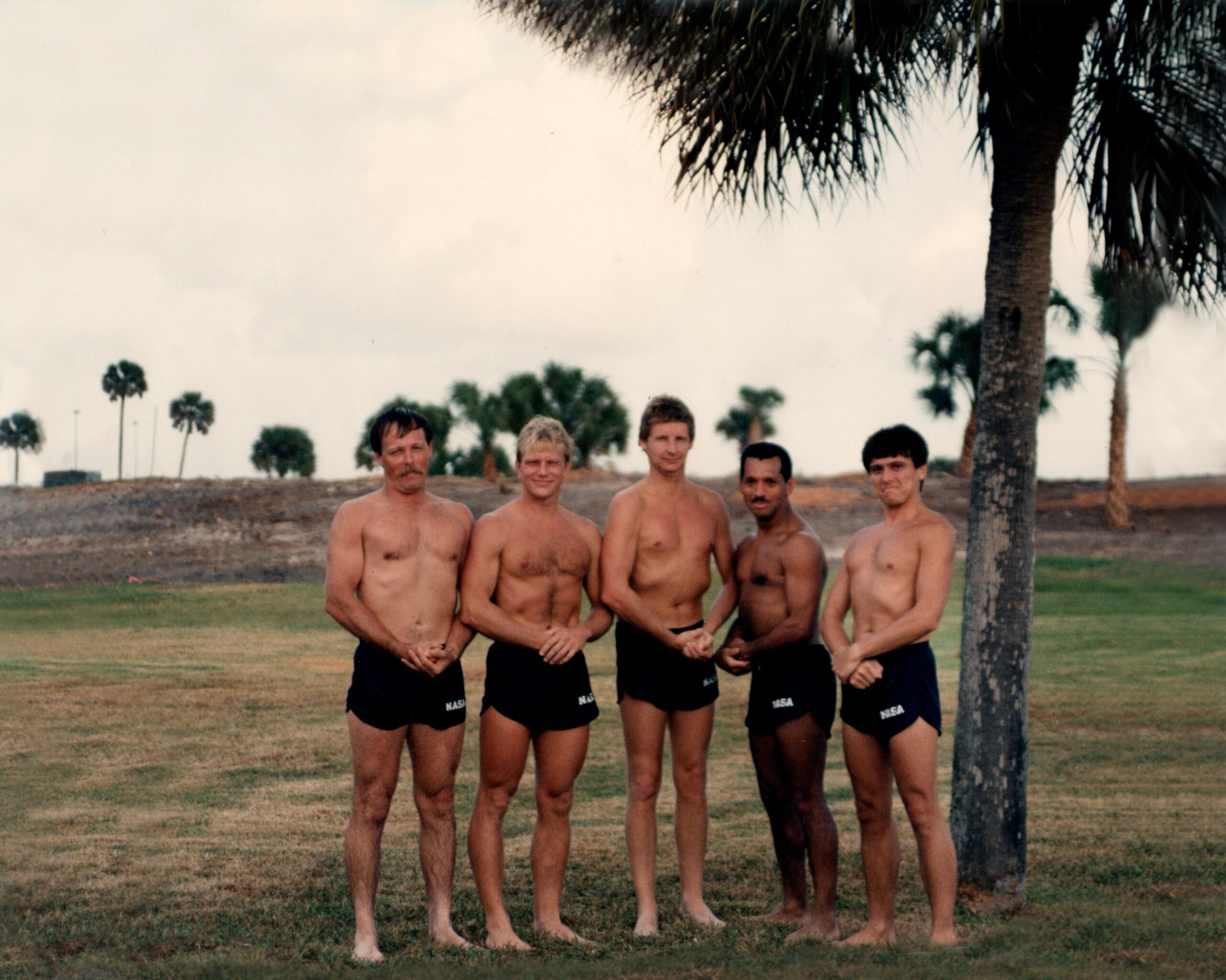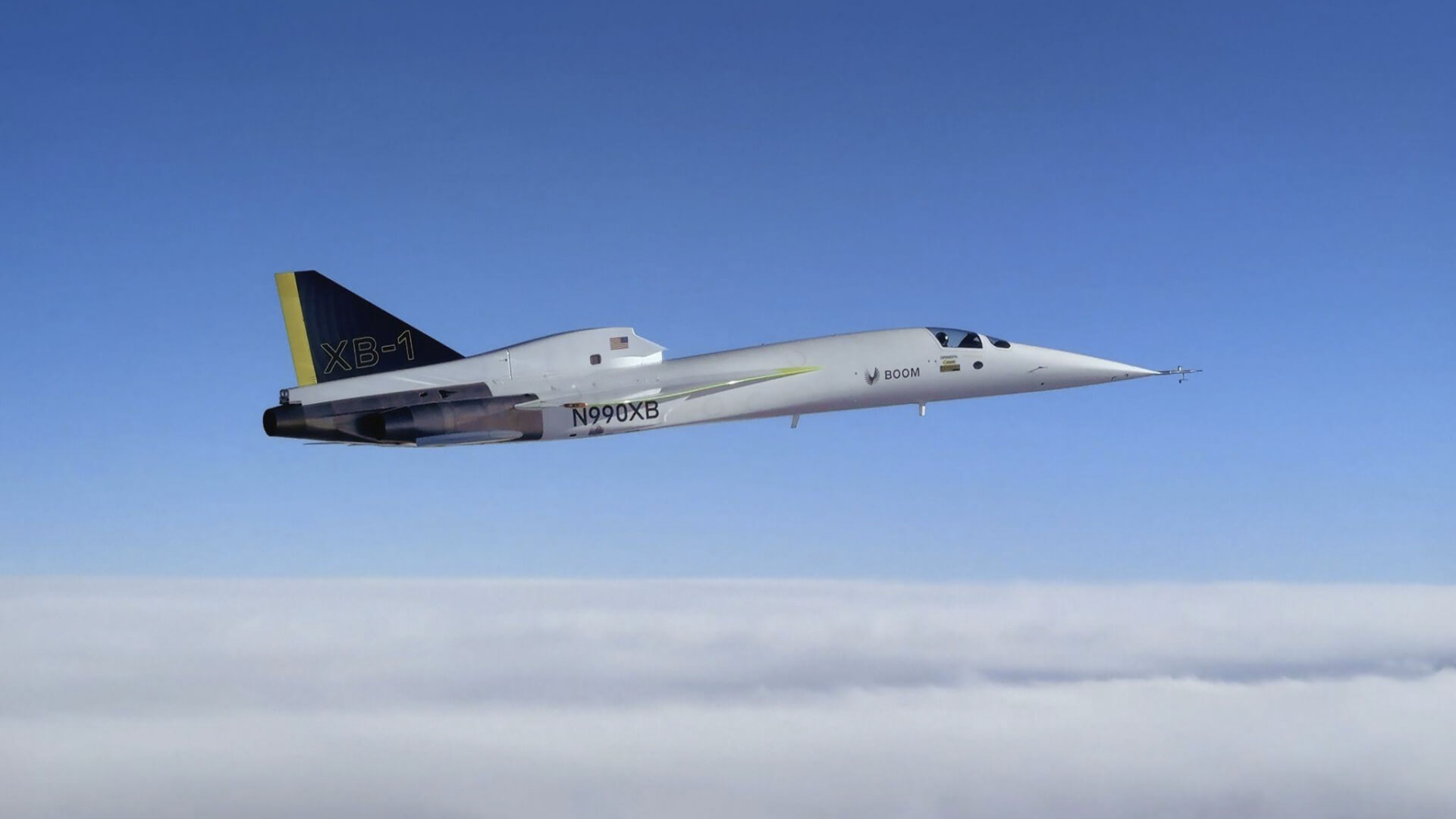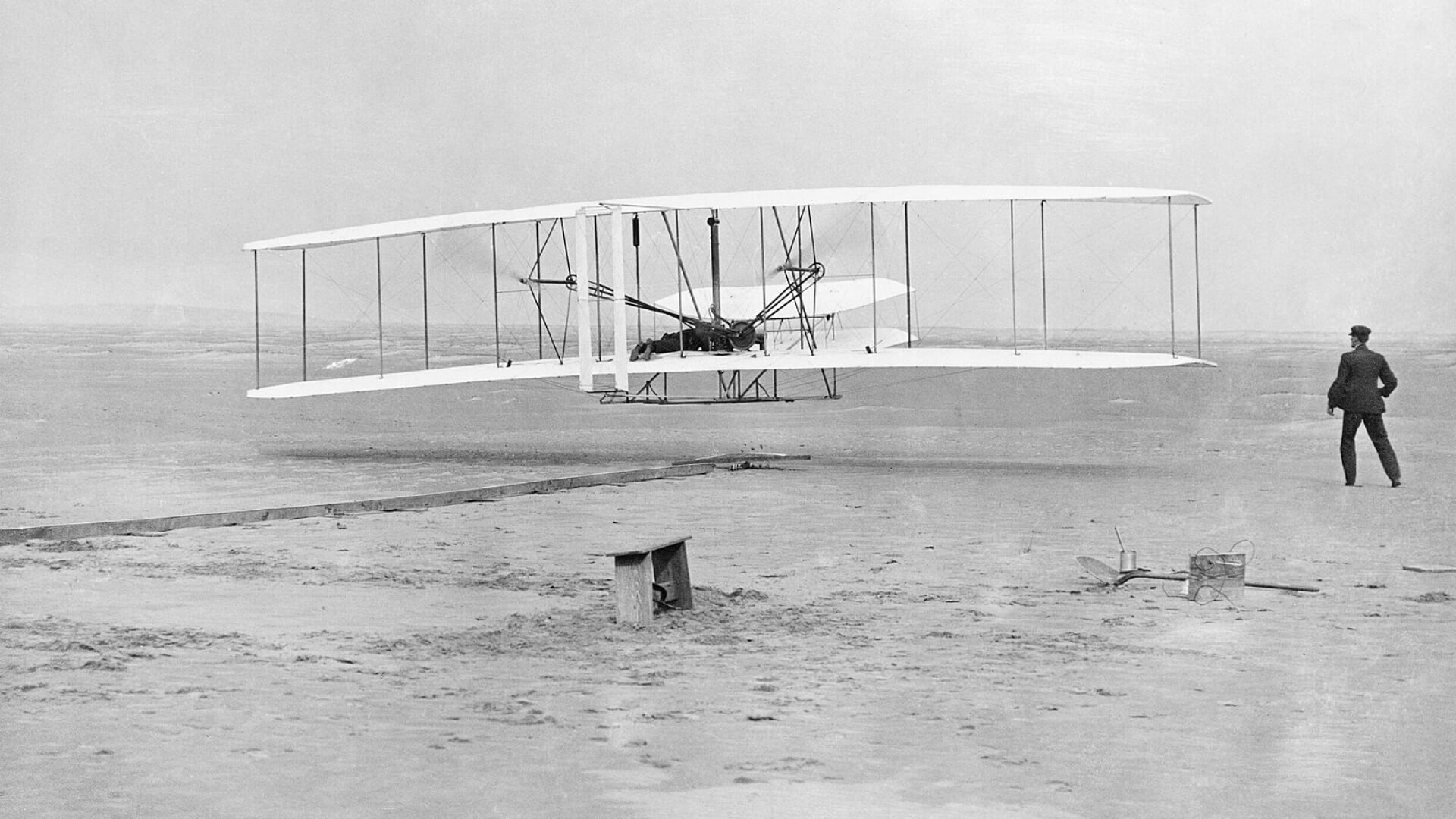The question of how to build and maintain high performing teams has fascinated researchers for years.
Tech companies across Silicon Valley spend millions in pursuit of the perfect scientific formula for team dynamics. Companies dive into their employees’ social habits, drives, and motivations in pursuit of maximum efficiency, while People Operations teams act as career matchmakers, developing personality tests and coordinating mass-scale team-building events.
Google’s 2012 initiative, “Project Aristotle,” studied and dissected hundreds of Google teams, bringing the idea of ‘group dynamics’ down to the most molecular level. Still, a so-called ‘perfect’ formula evades us and that could be for one simple reason — people are complicated.
While Google is often considered the poster child for developing great teams, NASA was recruiting, organizing, and training mission-critical teams of astronauts decades before the tech giant was founded. For NASA, the stakes for developing great teams had less to do with efficiency and everything to do with safety. After all, astronauts are tasked with the ultimate team assignment — accomplishing a safe ascent into orbit and safe return to Earth.

We sat down with former NASA astronauts Captain Robert “Hoot” Gibson and General Charlie Bolden to learn how they approached team building for the 24th mission of NASA’s Space Shuttle Program.
Gibson and Bolden’s relationship, like many coworkers, began with interviews. “I was at NASA when Charlie first came to interview for the 1980 class of astronauts,” said Gibson. “We met over beers at the bar of the Ramada Inn, where several of the guys from my class were conducting the interviews.”
Gibson shared how fascinating it was to listen to Charlie’s contemporaries, who continued to rave about him and his abilities. “I’ve always been so impressed with this man,” he added, “since the very beginning.”
“Don’t believe him,” Bolden laughed humbly. “Hoot’s reputation preceded him. He’s one of the few outstanding pilots who doesn’t just get in an airplane. He straps the plane onto him. He knows just how to take an aircraft to its very extremes, safely.”
The power of a stellar reputation (and a spoonful of modesty) set the stage for what became this close knit relationship.
Charlie was accepted into that 1980 class of astronauts. Four years later, the STS-61-C seven-person crew was assigned, with Gibson as Commander and Bolden as his copilot. This would be the seventh mission of Space Shuttle Columbia.
That’s when the real work began.

“Once we were assigned, we began to do everything together as a crew,” said Bolden. “We were forming a team, yes, but a family too.” A big part of team building for Gibson’s crew became team-centered activities.
“We had softball teams and volleyball teams,” said Gibson. “Everybody on the crew was passionate about teamwork, team sports, and being a team member.” He added that such a team-focus really spoke to NASA’s on-boarding strategy.
“At NASA, we’re looking for team players and I think that’s very simple and very straightforward. The kind of person who will pound their fist on the table and say ‘It has to be done this way,’ is not what we’re looking for.”
“Everything we did was focused on building a cohesive unit,” said Bolden. “A unit that thought alike, acted alike, understood each other’s strengths and weaknesses, and knew how to make up for them.”
“As crew-mates, you spend almost all hours of the day together,” said Bolden. “You’re officemates. You’re in the simulator together for hours on end. You’re out flying airplanes or you’re going through some other kind of training.”
Inherently, members of NASA must always put the group before themselves. But that’s not to say that it’s always easy.
“One of our favorite things to do as a crew was go running,” said Bolden. “We went to the gym every day at noon, no matter what the weather was like, and that’s how we almost got de-assigned as a crew.”

On one such day, it began thundering hard and raining, hard. “We didn’t stop,” said Gibson. “We just kept running, even when the lightning was hitting within a mile of us.” The crew’s “not-so-safe” obsession with running caught the attention of Dr. Carolyn Huntoon, the first woman to serve as director of the Johnson Space Center, as she was driving into the office.
“She reported us immediately,” said Bolden. Gibson remembered her words vividly: “Don’t your astronauts have enough sense to stay out of a thunderstorm?” It was memorable.”
Despite themselves, Gibson, Bolden, and the rest of the crew became the cohesive unit NASA needed them to be. The process required humility, respect, team-drive, and countless hours in close quarters.
On January 12th, 1986, 5:58:51 a.m., the crew reaped the ultimate reward.
The Columbia Space Shuttle launched into space from Florida’s Kennedy Space Center, after which the crew successfully deployed the Satcom K1 communications satellite before returning safely home.







